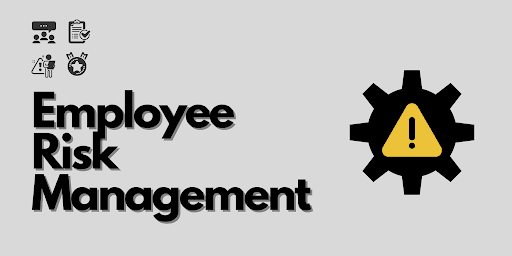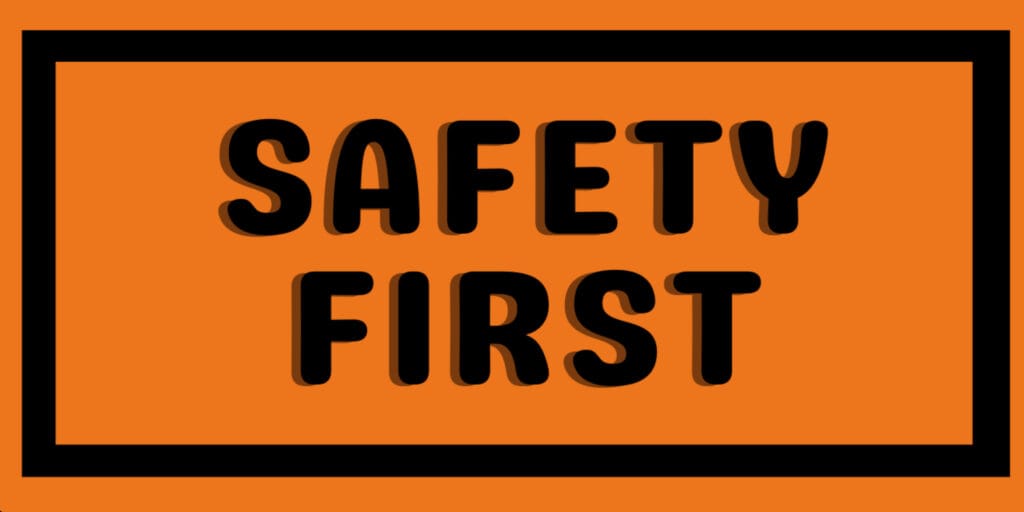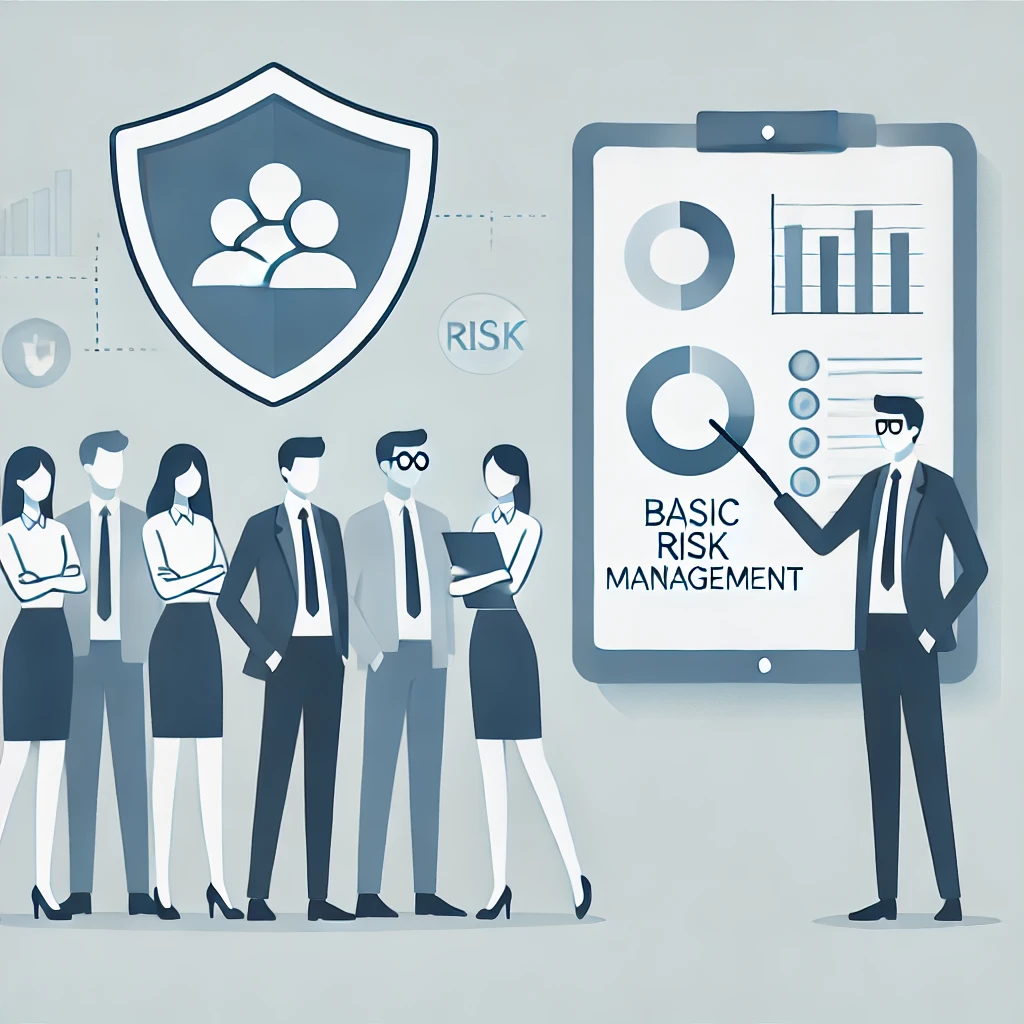Employee Risk Management: 5 Effective Approaches

Risk management prioritize detecting, analyzing, and reacting to inherent business risks. Effective employee risk management adopts a proactive approach to influence future events, reducing the likelihood and impact of risks. It aims to minimize potential consequences and prevent risks from materializing, promoting a safer and more secure work environment.
Table of Contents
What is Employee Risk Management?
Employee Risk Management is a critical aspect of modern business administration. It involves identifying, analyzing, and either accepting or minimizing the risks resulting from workers’ activities. From potential lawsuits to errors and negligence, this management process helps safeguard the business’s reputation, finances, and most importantly, its people.
The Importance of Employee Risk Management
Employee risk management is not just about averting disasters; it is about promoting a safer, more effective workplace. By properly managing employee risk, organizations can foster a culture of responsibility, encourage employee satisfaction, and significantly improve operational efficiency.
Understanding Different Types of Employee Risks
Staff risks include potential difficulties or uncertainties that could affect a certain employee’s employment and career path. These dangers may have a substantial influence on job happiness, overall health, and job security. These are some of the different employee risks:
Employment Practices Risks
These risks stem from interactions between employers and employees and can range from harassment claims to unfair dismissal lawsuits. They can lead to significant financial losses and can tarnish a company’s reputation.
Professional Risks
Professional risks arise from employee mistakes, negligence, or errors while performing their duties. They exist in employee-customer interactions, with the potential to negatively affect business-customer relationships and result in financial losses or even legal disputes.
General Injury Risks
These are injuries and damages incurred by or caused by the employees in the workplace. Effective management of these risks is crucial in maintaining a safe work environment and reducing workers’ compensation claims.
Fraud Risks
Fraud risks involve deceptive activities by an employee for personal gain, which may go unnoticed for a considerable period. From pilfering office supplies to sophisticated financial scams, these risks can severely impact a business’s financial health and its reputation.
Five Strategies for Safer Workplace

For the sake of the wellbeing of workers and the general success of a business, a safer workplace must be established. Employers can increase workplace safety by implementing a variety of strategies. These are the top five methods for creating a safer workplace:
Implement Continuous Employee Discovery
Having a system in place for continuous discovery of employees’ activities can act as an early warning system for potential risks. It helps HR professionals proactively address issues, ensuring that business assets and workplace safety are not compromised.
Involve Employees in Risk Management
Risk management is not solely the responsibility of risk managers or HR professionals. It is crucial to involve employees in the process, helping them make smarter decisions that consider potential risks and rewards.

Archiving Incidents
Consolidating incidents in a single location helps organizations have a complete view of their workforce and enables them to connect the dots on progressions of concerning behavior.
Training and Development
Offering regular training on workplace safety related to security awareness can help reduce workplace injuries and other potential risks. Furthermore, it promotes a culture of continuous learning and growth.
Insurance and Financial Safety Nets
Having the appropriate levels of insurance is essential to cushion the financial impact of the risk management program. It provides a safety net against unforeseen incidents and aids in the quick recovery of the organization.
What role does employee safety play in risk management?
Effective risk management is crucial for businesses to protect their employees, company, and profits. It involves controlling and minimizing risks, ensuring employees’ safety, and preventing negative impacts. Workplace safety is essential, regardless of the industry, as it enhances productivity, fosters employee loyalty, reduces financial losses from lawsuits, and boosts the company’s reputation. Conducting thorough research on workplace hazards and mitigation strategies is essential for creating a safe work environment.
The Role of Human Resources in Employee Risk Management
Employee risk management is a critical function of human resources (HR) in a business. The creation and implementation of plans to recognize, reduce, and handle various employee-related risks is the responsibility of HR experts. Following are some ways that HR supports employee risk management:

Proactive Approach
Instead of a reactive approach to risk management, HR professionals should take a proactive stance. It involves reaching out to employees who seem to be under stress or exhibiting concerning behavior and providing the necessary support.
Use of Employee Assistance Programs
HR can utilize Employee Assistance Programs (EAPs) to get employees the help they need when struggling with personal issues. These programs demonstrate that the company cares about its employees, improving morale and fostering a supportive work environment.
The Ongoing Process of Employee Risk Management
The ongoing process for employee risk management is a systematic and continuous approach. This comprehensive process ensures a safe and secure workplace, promoting employee well-being. Here are the key steps involved in the ongoing employee risk management process:
Regular Evaluations
Consistently evaluating the risk management program, insurance policies, and employee compliance with policies and procedures is crucial. It ensures that the business remains agile in its risk management efforts, adjusting and improving as necessary.
Adapting to Changes
Change is the only constant in business. It is vital to adapt your risk management strategies in line with changes in legislation, market conditions, and the evolving nature of risks.
Importance of Communication
Open, effective communication is key to successful risk management. It promotes transparency, builds trust, and ensures everyone in the organization is informed and aligned with the risk management objectives.
Conclusion
Employee Risk Management is a continuous, ongoing process that should be at the forefront of any organization’s strategy. By implementing effective risk management strategies, businesses can ensure a safer workplace, improved operational efficiency, and increased employee satisfaction.
FAQs
What the role of risk management in HR?
The role of risk management in HR is to identify and address potential HR-related risks, ensuring compliance with regulations, promoting employee safety, and safeguarding the organization’s reputation and resources.
What are the 5 principles of risk management?
The five principles of risk management are Identify risks, Assess risks, Mitigate risks, Monitor risks, Communicate and report risks.
What should employees do in case of potential risks or unsafe conditions?
Employees should immediately report potential risks or unsafe conditions to their supervisor or safety officer for prompt action.